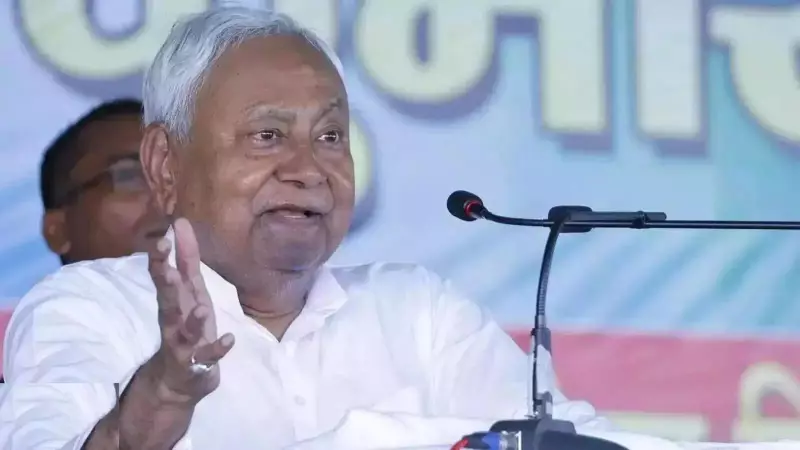
As the state of Bihar waited with bated breath for the assembly election results, Chief Minister Nitish Kumar maintained an unusually low public profile on the eve of the counting day. His only notable public appearance was a brief visit to the JD(U) war room located on Strand Road, near his official residence, on Thursday afternoon.
Confidence in the Camp
Despite the Chief Minister's subdued presence, his party, the Janata Dal (United), radiated confidence about securing another term in power. The party's state chief spokesman, Neeraj Kumar, made a bold assertion, stating they are fully confident of winning the polls. He emphasized that the party had received support from all communities, with a particularly strong backing from women voters.
"Nitish Kumar will become the CM again. We are winning, because we got the votes from all communities, especially women," the spokesman declared, capturing the optimistic mood within the party headquarters.
The NDA Seat-Sharing Formula
The electoral battle this time saw a strategic seat-sharing arrangement within the National Democratic Alliance (NDA). The BJP and JD(U) contested 101 seats each. They were joined by alliance partners, including the LJP (Ram Vilas) led by Chirag Paswan, which fought on 29 seats, and the Rashtriya Lok Morcha (RLM) and Hindustani Awam Morcha (Secular), which contested six seats each.
This alliance is crucial for the JD(U), which is keen on improving its position within the NDA. The party aims to surpass the 43 assembly seats it secured in the 2020 election, a result that had relegated it to the third position behind the rival RJD and its own ally, the BJP, which emerged as the second-largest party with 74 MLAs.
A Contrast from 2020
The political dynamics have shifted significantly since the last election. In 2020, the JD(U)'s numbers suffered partly because the LJP(RV) fielded candidates against Nitish Kumar's nominees. This time, however, Chirag Paswan's party is within the NDA fold, a move expected to prevent a split in the anti-Mahagathbandhan vote.
Reflecting on the past, it was noted that after the 2020 results, Nitish Kumar had shown no active interest in becoming the chief minister. He ultimately accepted the position on the personal request of Prime Minister Narendra Modi, a fact that underscores his pivotal role in the alliance.
In the final days of the campaign, the Chief Minister was seen seeking blessings. Earlier on Wednesday, a day after the second phase of polling concluded, he visited the Takhat Sri Harimandir Ji Patna Sahib Gurdwara, the Mahavir temple near Patna junction, and a mazar near the Patna high court. Near the mazar, he deftly avoided media reporters attempting to get his reaction on the exit poll results.
Explaining these visits, minister Vijay Kumar Chaudhary said the CM visited places of worship of different religions to express his gratitude that the two-phase elections had passed off peacefully, a gesture highlighting his appeal across communities.





